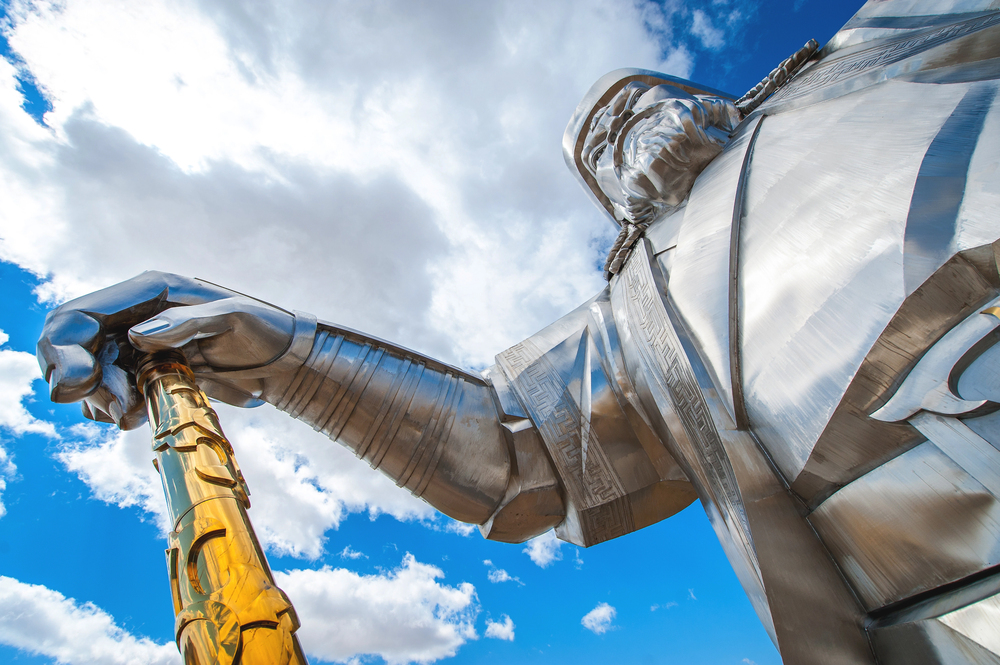Historical Innovations That Revolutionized Travel
Bryson Jenkins
2025-10-25
6 min read

Innovation has always been the backbone of progress, and nowhere is this clearer than in the way we travel. From humankind's earliest steps toward improving mobility to today’s advanced transport systems, travel innovations have shaped our cultures, economies, and possibilities. These advancements didn’t just make getting from one place to another faster; they redefined our relationship with geography and the world itself. This blog explores critical historical innovations in travel, reflecting on how each milestone impacted the way people connect, experience, and interact with the world around them.
The Wheel Paved the Way
It’s impossible to discuss travel innovations without beginning with the creation of the wheel. Invented approximately 5,000 years ago, the wheel transformed not just movement but transportation as a concept. Initially created for pottery-making, this simple invention soon found its way into carts and vehicles, dramatically reducing the effort needed to transport goods and undertake long journeys. By attaching wheels to axles, humanity could move heavier loads over longer distances with far less strain, unlocking trade and cross-cultural interactions that shaped the foundations of civilization. More than just a tool for transport, the wheel created opportunities for expansion, linking distant regions through early trade routes that brought resources and ideas together.
The Age of Sail Changed Global Trade and Exploration
Fast-forward to the 15th and 16th centuries, the era of wooden sailing ships proven pivotal in reshaping the world. The introduction of navigable sailing vessels opened up oceans and major waterways, connecting continents that were previously considered unreachable. Symbolizing exploration, the Age of Sail allowed countries like Spain, Portugal, and England to expand their empires, chart unknown territories, and establish trade connections on an unprecedented scale. Ships became lucrative for moving resources like spices, silver, and silk across continents, laying the groundwork for global trade as we know it today. The development of sailing technology also fostered cultural exchanges, blending ideas, cuisines, and societies, while consolidating powerful maritime empires. Without the Age of Sail, globalization’s early roots may never have been planted.
The Steam Engine Revolutionized the Modern World
If the Age of Sail took humanity across oceans, the steam engine ushered in the ability to industrialize transportation on both land and water. Invented in the late 18th century, steam-powered engines replaced reliance on human or animal power. Railways quickly became central to the economies of many countries, while steamships reduced transatlantic travel time from weeks to just days. Steam-powered travel exploded in popularity during the 19th century, allowing individuals and goods to move further and faster than before. For the first time, people had access to relatively affordable, long-distance travel and transport. Rail networks, in particular, tied communities together, enabling urbanization while promoting economic growth in previously isolated regions. The steam engine not only made local and international trade more efficient but also allowed major cities to flourish by increasing access to resources and labor. Quite literally, the steam engine stoked the fires of industrial progress.

Automobiles and Roads Transformed Personal Mobility
While trains and ships served the masses during the Industrial Revolution, the invention of the automobile in the late 19th century made personal travel widely accessible. Henry Ford’s Model T, introduced in 1908, popularized the concept of owning a car by offering vehicles at prices middle-class families could afford. This innovation allowed individuals to travel on their own schedules, leaving behind the confined timelines of trains or buses. The advent of automobiles also sparked significant advancements in infrastructure, from the creation of highways to suburban development. No longer were people tethered to urban centers. The freedom offered by cars transformed economies and cultures, giving rise to road trips, commuting hubs, and car-centric industries like roadside accommodations and drive-thru restaurants.
The Takeoff of Air Travel Redefined Distance
Few innovations transformed global connectivity more than the invention of aviation. The Wright brothers’ first powered flight in 1903 was modest in scope, but it symbolized the beginning of a new chapter in human history. By the mid-20th century, aviation had shifted from experimental ventures to becoming a mainstream means of travel, reducing what used to be multi-day journeys by ship or train into hours-long flights. With commercial airlines, international travel became more convenient and, eventually, accessible to the average traveler. Apart from improving passenger transit, air travel revolutionized the transport of goods, empowering industries like agriculture, e-commerce, and healthcare by enabling speedy shipments across continents. Airports evolved as gateways to the world, further cementing humanity’s ability to connect beyond cultural, language, and physical boundaries.
The Digital Revolution and the Rise of Booking Platforms
Innovations aren’t limited to vehicles or machinery. The digital age introduced an entirely new way to think about travel with the development of online booking systems and real-time navigation tools. Platforms like Expedia and Airbnb redefined how travelers plan trips, while GPS technology eliminated the traditional reliance on paper maps. Booking platforms democratized travel by giving users access to deals and accommodations that were once only accessible through third-party agents. Meanwhile, social media inspired millions to visit new destinations, effectively shaping modern tourism trends while fostering a sense of global community.
Where We’re Headed
From ancient wheels to modern jets, travel has continuously evolved to fulfill humanity’s desire for exploration and connection. And as we look to the future, innovations like electric vehicles, hyperloop systems, and space travel are raising the possibilities of how far and efficiently we can go. These advancements will undoubtedly bring new realities while pushing boundaries in sustainability, speed, or even interplanetary exploration. Understanding the historical contributions behind today’s seamless movement helps us appreciate each leap forward in innovation. The next time you step onto a train, fly across an ocean, or even drive your car around the neighborhood, reflect on the incredible ingenuity that made your travel experience possible.



